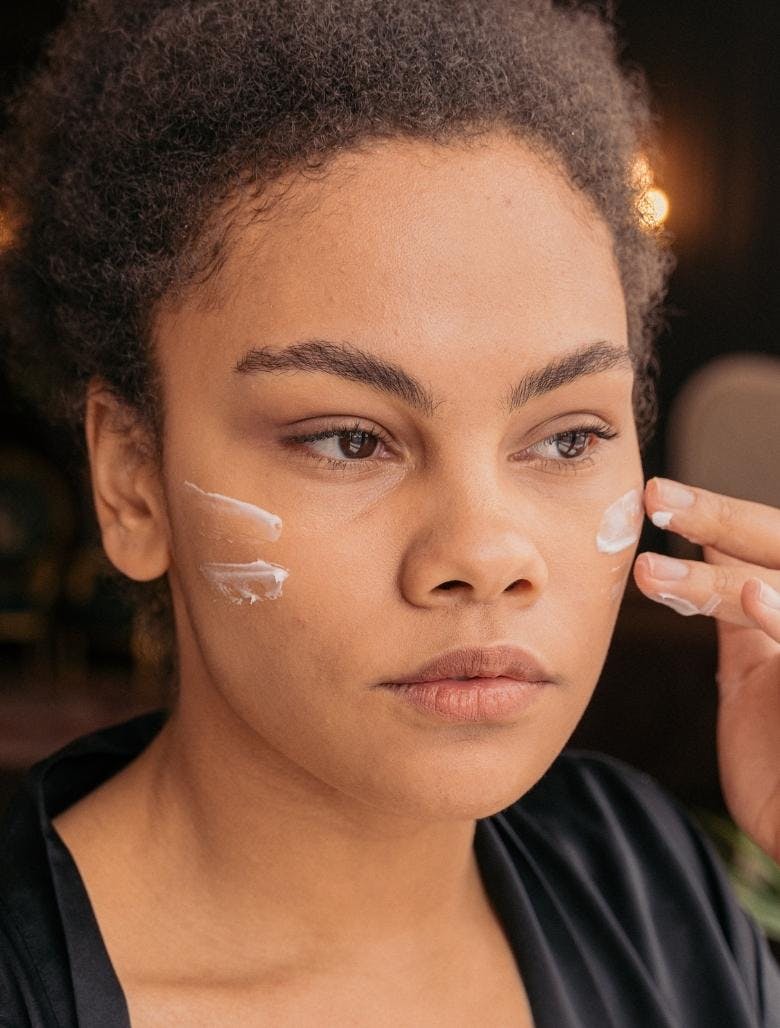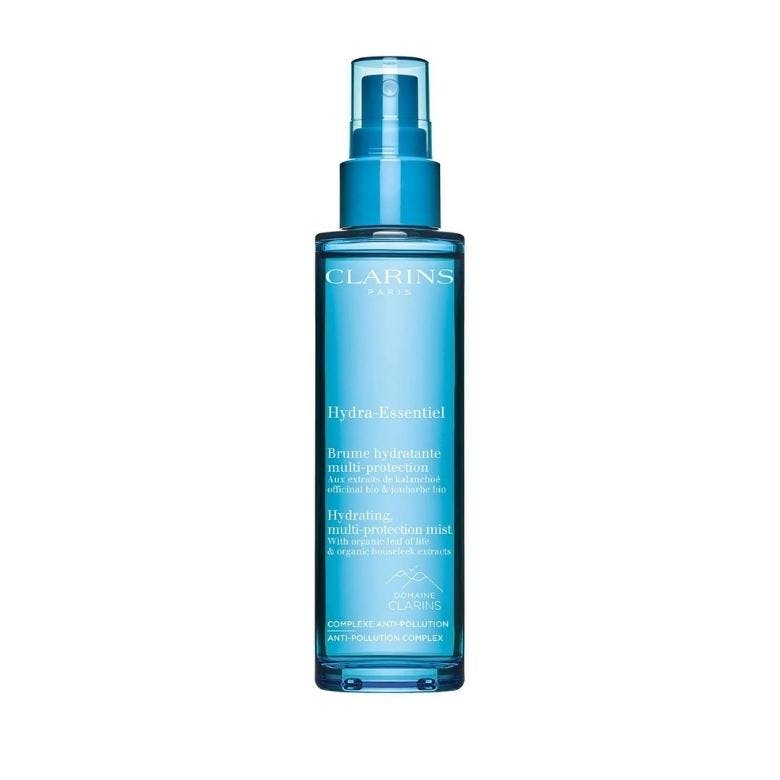What Is Moisture Sandwiching And Should You Try It?
4 minutes read
If a skincare technique has its origins on TikTok or Instagram, we usually approach it with a degree of scepticism. Dangerous trends have, after all, been born out of social media. Remember sunscreen contouring (eek!)?
But occasionally, a trend will come along that’s equal parts fun and functional. This time, it’s a technique called moisture sandwiching. It’s been all over the internet for the past few months and is rumoured to be the key to glowing, deeply hydrated skin.
So, we consulted skin experts to determine if the trend has any substance or is merely a passing fad. Here’s everything we learned.

What is moisture sandwiching?
Just like glass skin, this dewy trend is also inspired by Korean beauty. “Moisture sandwiching is a technique that involves applying a number of skin products sequentially whilst the skin is still damp, to lock in moisture,” explains Dr Zainab Laftah, Consultant Dermatologist at HCA The Shard.
Typically, this would mean that you cleanse your skin and, without patting it dry, apply your skincare – starting with the thinnest texture and building to the thickest.
Read: Your skincare routine order explained
The point is to build layers and layers of hydration and ensure it stays sealed in.
“Applying a product to damp skin can help to enhance penetration or absorption,” explains Dr Marisa Garshick, NYC-based board-certified dermatologist. “Depending on the product type, it can also help lock moisture in, as with moisturisers.”
How to create a moisture sandwich
Begin by cleansing the skin. After it’s clean, you have two options: leaving it wet with tap water or patting it dry and using a mist like the Hydra-Essentiel Hydrating Multi-Protection Mist to re-dampen the skin.

If you notice that leaving tap water on your skin causes dryness and irritation (which can happen if you’re washing with hard water), don’t leave it on the skin. Instead, rebalance the skin with a toner and then use a facial mist to dampen the skin again.
After this step, depending on your regimen, the rest of your moisture sandwich could look like this:
- Essence
- Serum
- Moisturiser and/or face oil
The oil dilemma
What’s the correct time to apply a face oil? People tend to have differing views on this. Some apply it on damp skin, as a first step, while others consider it a perfect concluding step in their routine. We asked Clarins Training Manager Charlotte McHale for her take on the subject.
“In terms of consistency, oils are similar to serums. If you’re using a face oil regularly, I recommend mixing it in with your moisturiser,” says McHale. “If you’re using an overnight oil as a one-off treatment, it works best on its own, straight after cleanser and toner.”
She adds: “If you leave your skin slightly damp from the toner, the oil will absorb better. Also, they are impacted by temperature. So, warming the oil between your palms before applying it makes the consistency more runny and aids absorption.”
You could also try moisture sandwiching on other parts of the face and body that get dry—for example, chapped lips. Just moisten the lips with water and follow up with a balm. Dr Garshick emphasises the need for a thick ointment or cream to ensure the moisture stays locked in.
Who can benefit from moisture sandwiching?
“This method can benefit anyone with eczema or dry skin,” says Dr Laftah. “And we often recommend using an occlusive moisturiser (as the last step) to boost hydration.”
If you have oily skin and want to try this technique anyway, build your moisture sandwich with lighter formulations. “Those with oily or blemish-prone skin will be better off using a lighter moisturiser with humectants to avoid pore congestion,” says Dr Laftah.
We agree. In our books, the more moisture you can layer on the skin, the better. But of course, if you have oily skin, tailor it with gels, and lighter oily-skin-friendly formulations; as this technique increases the penetration of your moisturiser, you could be left with more glow than you asked for.
What not to do
“It’s important to note that with certain ingredients, the enhanced penetration can actually make the product cause more irritation,” warns Dr Garshick.
She adds: “For example, a retinoid or exfoliant may not be recommended (to use when moisture sandwiching) as increased penetration can lead to increased irritation. The technique tends to work best with hydrating serums or moisturisers.”
Next read: Suffering From Bacne? Here’s The Solution
Sign up for our newsletter
We will keep you in the loop for special offers, exclusive gifts and product news.

